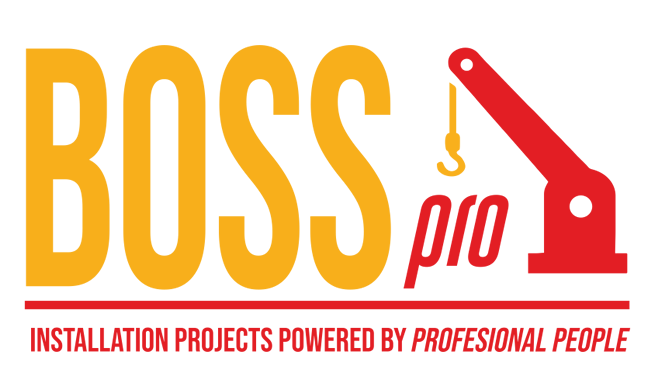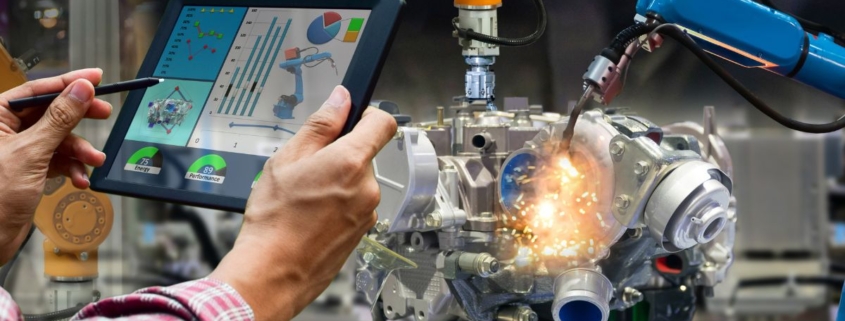Overcoming Integration Challenges in Manufacturing Automation
Manufacturing automation has become a strategic advantage for companies across diverse industries, from automotive to ceramics and food production. Beyond efficiency gains, it is a transformative process that optimizes entire production lines. However, one of the most significant challenges in adopting automation is the integration of new technologies with existing infrastructure.
Many organizations underestimate the complexity of aligning advanced automation systems with legacy equipment, software, and factory layouts. Incompatibility may arise in several forms: from differing operating systems and protocols to physical limitations on the shop floor. These obstacles often lead to delays, unexpected costs, and frustration if not addressed early in the process.
To overcome these barriers, companies must adopt a structured approach:
-
Conduct a thorough system audit. Understanding current tools, processes, and technologies is essential before investing.
-
Select the right vendor. A partner with proven industry expertise ensures smoother integration and provides critical training and support.
-
Engage technical teams from the start. IT and engineering departments bring essential perspectives and technical knowledge to anticipate and mitigate compatibility issues.
When properly managed, integration is not a limitation but an opportunity to maximize efficiency and maintain competitiveness in a rapidly evolving industrial environment.
📖 Inspired by Nicolas Lachaud-Bandres, Hexagon Manufacturing Intelligence.





